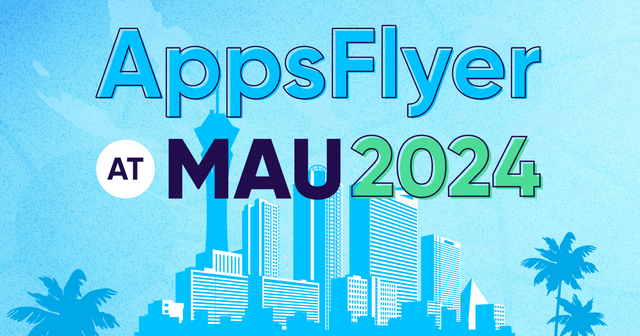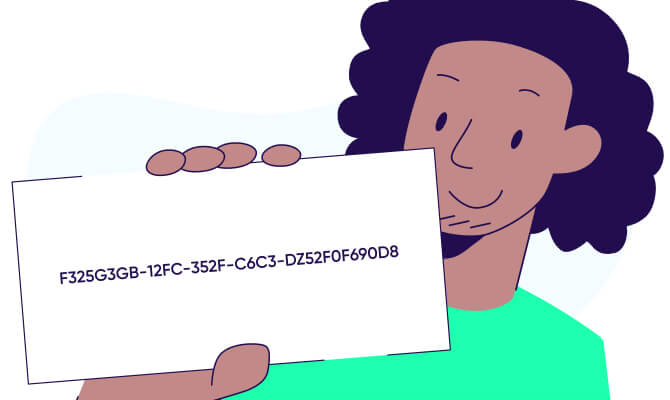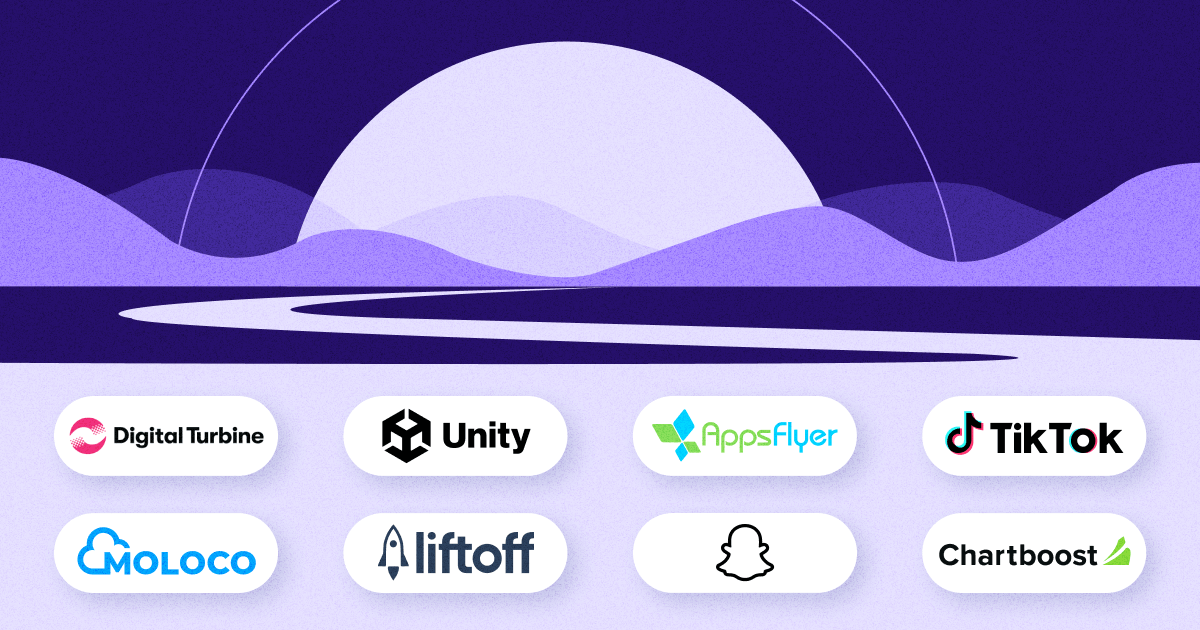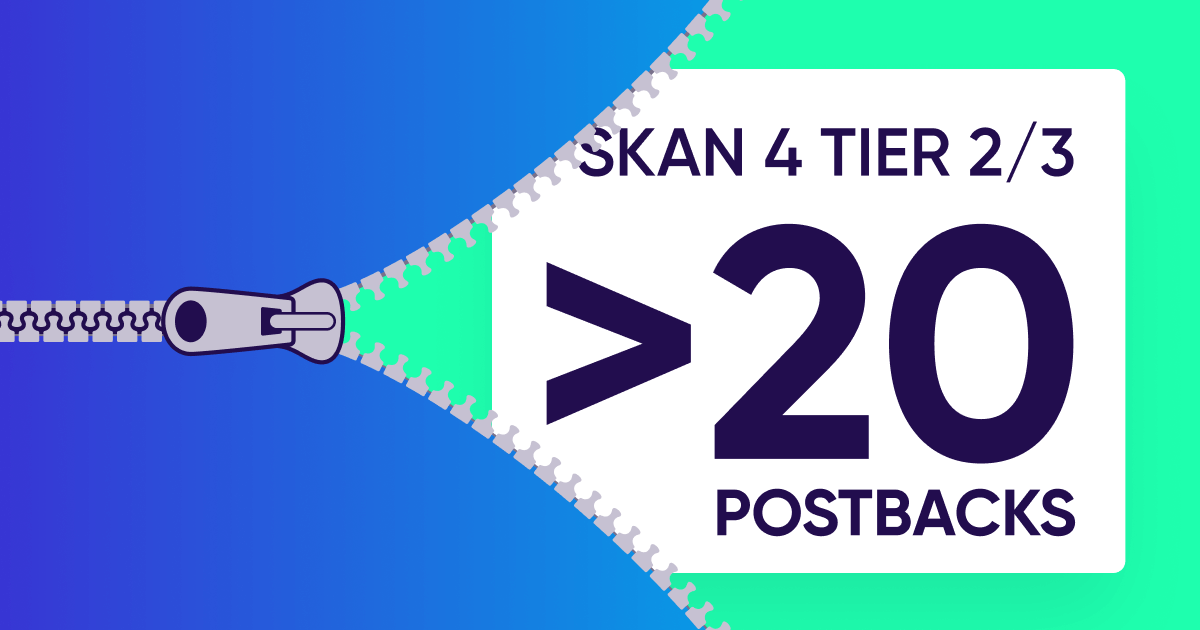
Identifier for vendors (IDFV)
IDFV, or Identifier for Vendors, is an alphanumeric identifier assigned to users on apps that can be shared across all apps under one developer (company).
What is IDFV?

IDFV is an acronym for Identifier for Vendors, which allows app developers to measure user level data across multiple apps from the same content provider without having to request their consent. This enables developers to run iOS campaigns across multiple apps in their ecosystem and attain more 1st party user behavior data.
An example IDFV can look something like:
F325G3GB-12FC-352F-C6C3-DZ52F0F690D8
App Tracking Transparency (ATT) policy has limited the availability of IDFA (Apple’s user level identifier) and data available to advertisers, which is why IDFV is crucial. For this reason, we’ve seen a surge of M&A activity, where app companies buy other apps to acquire their user base to target them with user level data within their own ecosystem. For example, Microsoft acquired Activision Blizzard for $68.7 billion and Take-Two Interactive acquired Zynga for $12.7 billion, marking the two largest acquisition deals in gaming history.
Users are now required to opt-in to be tracked by apps, which has limited targeted advertising. This shift to a cookie-less world has moved the focus away from 3rd party data to first party data (more on this later).
While IDFV can help developers serve ads when IDFA is not available, it still comes with a certain set of challenges. For example, Apple does not allow IDFV to be combined with other data sources unless the user consents to tracking.
How does it work?

The unique IDFV string is assigned by a developer when an app is installed, like a first-party cookie ID. First-party meaning the data collected is directly from their own app users and not pulled from outside sources.
The IDFV can then be shared across all apps by the same developer as long as it isn’t paired with 3rd-party data. This allows publishers to measure user behavior across multiple apps within their own app ecosystem. However, IDFV only remains within the ecosystem until a user deletes all apps from the developer.
What is the difference between IDFV vs IDFA?
Similar to IDFV, The IDFA is an anonymized identifier assigned on a device level by Apple to identify users for targeted advertising without compromising PII (personally identifiable information).
IDFA is considered a universal identifier, where the unique ID doesn’t change across apps, platforms, or contexts. Whereas IDFV is a scoped identifier, which is a unique ID that is mapped to a specific entity, limited by the context they are created in. In this case, IDFVs are unique to the company’s environment itself and can not be accessed outside of it.
Here are the three key differences between IDFV and IDFA:
- Consent: After ATT was introduced, users by default opted out of IDFA tracking. IDFV doesn’t require consent.
- Walled garden: While IDFA exists in the iOS ecosystem, IDFV only exists within the apps of a single app developer. As mentioned earlier, IDFV is removed as soon as all apps from the developer are uninstalled.
- Attribution: IDFA is crucial for tracking attribution data. In contrast, IDFV cannot be used for attribution, but effectively measures cross-promotion. This is a large reason why IDFV serves as a lucrative incentive for publishers to acquire other apps to own larger pools of first party data.
Is there an Android equivalent for IDFV?
There is no Android equivalent of IDFV, because the GPS-ADID (Google Play Services ID) is the Android equivalent of IDFA. While Google’s privacy policies are moving in the same direction as Apple’s ATT, access to GPS-ADID is still widely available for advertisers.
What are the benefits of IDFV?
Developers can share IDFV data across all their apps within their ecosystem, which provides two key benefits:
Sharper audience targeting to optimize cross-promotion
Developers with a large network of apps can utilize IDFV to build large first-party data sets. As mentioned above, this is also a reason why publishers are incentivized to purchase other apps. Advertisers that leverage first-party data can continue to advertise on a 1-to-1 level across their apps.
If an app does not have an IDFA, they can share IDFV with their ad partner to bridge the data gap to help with cross-promotional attribution, raw data reporting, reinstall attribution on the same devices, and audience matching.
Sharing post-install activity that does not rely on fingerprinting or includes personal identifiable information (PII) falls within Apple’s privacy requirements. IDFV is ultimately anonymized first-party data that helps advertisers with enriching app marketing efforts.
Frequency capping
Developers can measure the number of times a user sees an ad with IDFV. Conversely, IDFA provides a bigger picture of ad frequency by tracking data across multiple platforms and apps. However, IDFV can still help reduce ad fatigue within its own ecosystem.
Key takeaways
- IDFV is a unique code assigned by developers to measure user behavior across all apps within the same developer
- Since the introduction of ATT, IDFV provides an alternative way to measure user behavior albeit limited by how much first-party data you have on hand; it has therefore caused a flurry of M&A activity
- IDFV is most effectively used for frequency capping and audience targeting, especially if you have a large pool of users across multiple apps
- IDFA and IDFV have three key differences. IDFV doesn’t require consent, IDFV only exists within one developer’s ecosystem, and IDFV cannot measure attribution.



